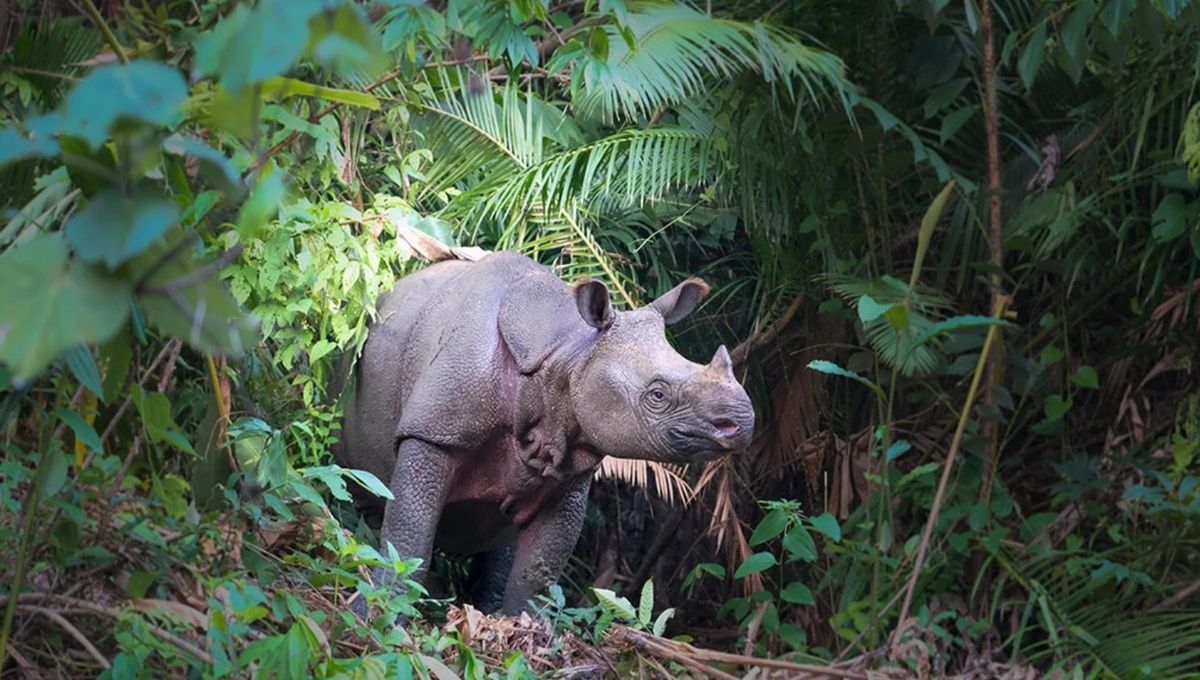
The world’s rhino populations face a myriad of threats, from habitat loss, poaching for the medicine trade, and even botanical threats that can limit their food supply. A new report highlights which species are slowly increasing their numbers and which, sadly, are not.
Of the two broader rhino species that are found only in Africa, the white rhino and the black rhino, there is some good news and some bad. Black rhino numbers increased from 6,195 to 6,788, according to the report, while white rhinos decreased from 15,942 to 15,752 since 2021. However, the report suggests that in South Africa, the country with most of the world’s rhinos, the group sizes are too small to maintain a healthy population in the long term.
“Larger populations are better able to withstand both poaching losses and natural disasters,” executive director of the International Rhino Foundation (IRF), Nina Fascione, said in a statement. “IRF maintains an African Rhino Range Expansion Fund for the explicit purpose of building larger rhino populations as a safeguard against poaching and other threats.”
Greater one-horned rhinos, currently listed as Vulnerable by the IUCN, also gained in numbers up to 4,075, from 4,014 at the last count. These animals are found in India and Nepal. “The total population estimate in August 2018 was estimated to be 3,588 individuals,” writes the IUCN, suggesting that numbers of this species have been climbing steadily for the last 100 years.
On the Indonesian island of Sumatra, the report explains that the Sumatran rhino population remains the same since numbers were last checked in 2022, at an estimate of 34-47. These animals are critically endangered and are even suggested to be the most threatened large mammal on Earth.
There’s more bad news for the rhino population in Java. This species lives in just one area, the Ujung Kulon National Park, and is estimated to have declined to just 50 individuals from 76, reportedly just from poaching. They also face the threat of the Arenga palm (Arenga obtusifolia), which can outcompete the park’s natural flora and food source for the rhinos.
The report suggests that the total global rhino population for all of these species is 26,700. This does not include rhinos in zoos or those that are privately owned, only those in the wild or inside national parks.
“The new report is a mixed bag for rhinos, indicating most rhinos are still dangerously threatened by poaching,” said Fascione, “To truly save rhinos, we need to stem the poaching crisis and improve biological management to bolster individual populations.”
Source Link: Javan Rhinos Creep Ever Closer To Extinction – Now Just 50 Remain